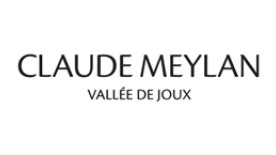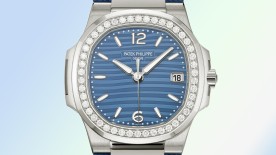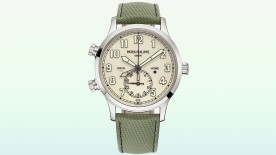Every stylistic experiment in watchmaking must overcome two challenges: first, deciding on an aesthetic code and sticking to it; and second, knowing when to quit before it comes a creative prison.
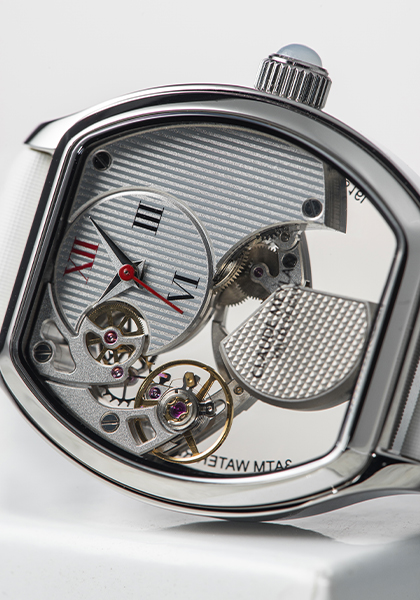
Claude Meylan is gradually extricating itself from this trap. For several years it has specialised in the art of skeletonisation. This can quickly become repetitious and stale.
But the brand made the judicious decision to cement its identity in many other ways. For instance, its cases are not always round – they sometimes come in the tonneau shape, as we can see in the ‘Tortue’ collection. And skeletonisation is sometimes applied to the movement, sometimes to the dial, and sometimes both.
Skeletonisation is not just a matter of simply excavating material: it’s a meticulous stylistic exercise that takes into account the complex geometry of the bridges and baseplate. For Claude Meylan, skeletonisation is as much a technical operation as a decorative technique and, today, an aesthetic signature. The watchmaker focuses as much on the material that is left behind, as it does on what is taken away.
The two new releases being unveiled during Geneva Watch Week are an illustration of these two approaches: the first, as a technical operation and the second as a sculpture of absence.
Fascinating Tortue
The first is the Tortue ‘La vie en rose’. Not much remains of the dial and movement of this novel creation. The stunning architecture features multiple bridges that secure the watch’s components: adjustment and winding crown, gear train, escapement and barrel. Some bridges are doubled, with a silvered lower section and gold-coloured upper section, matching the natural colour of the movement. In the centre are two cathedral-style hands filled with lume. The escapement can be seen at the highly unconventional position of 12 o’clock. The result is original, complex, baroque. Is it masculine? Or feminine? These days, no one really cares. Nor does Claude Meylan.
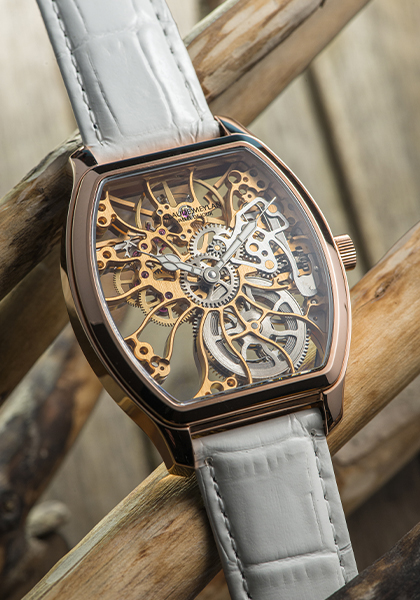
Captivating Tortue
The second composition celebrates the art of absence. The movement has a completely different structure: off-centre time dial at 12 o’clock, opposite a micro-rotor at 6 o’clock, with the balance wheel at 9 o’clock. The construction is deceptively simple. It juxtaposes two decorations (Geneva stripes, Clous de Paris), two colours (silver and gold), full and empty volumes, flat and vertiginous surfaces, tradition and modernity. Each of these different aspects complements its opposite, while enhancing the coherence and homogeneity of the whole. Like the previous Tortue, the Tortue Lady Clous de Paris is diverting, in the literal sense that it diverts us away from the traditional path of predictable layouts, blued screws, oscillating weights on the back of the movement and a central dial. And it’s good for collectors to venture out of their comfort zone.
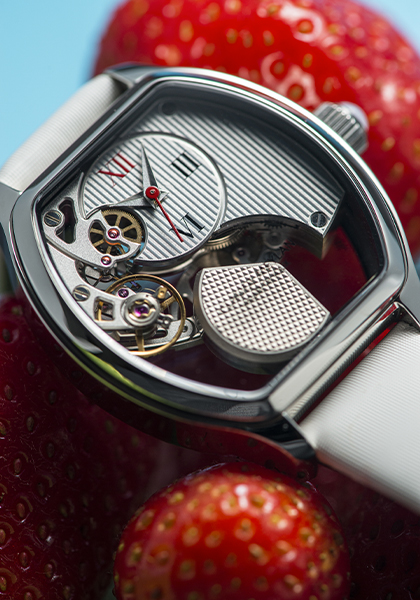
This Tortue raises some intriguing questions: why is there a red running seconds hand? And a red Roman numeral XII? Why is the 9 o’clock position cut away to reveal a mobile element? These are not the only questions you’ll have, once you take a look through the sapphire caseback, where the openworked bridges echo the design that can be seen from the dial side. It’s a delightfully fun, witty piece, full of character, like the women for whom it is intended.


